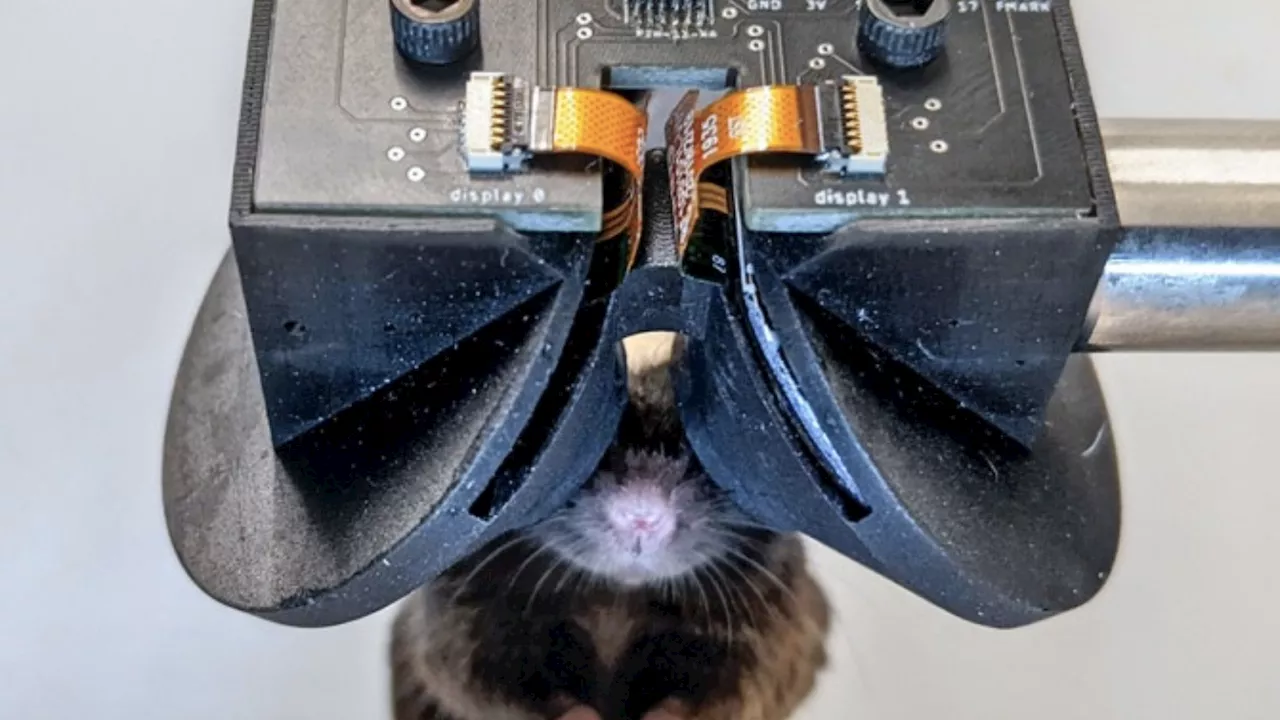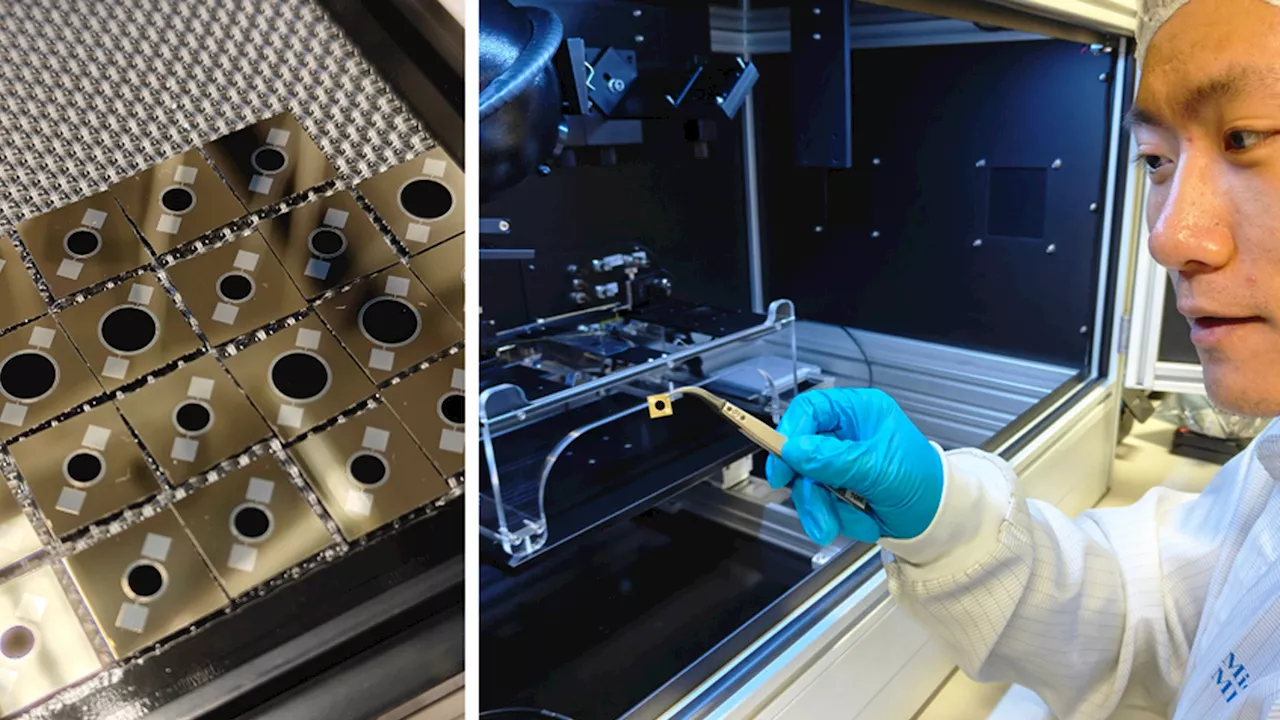A team of researchers at Aalto University in Finland has developed a new type of infrared photodiode that is 35 percent more sensitive than other currently used germanium-based applications. This breakthrough offers a more sustainable and efficient alternative to the commonly used InGaAs material, which is toxic and not CMOS compatible.
Most infrared photodiodes are made of InGaAs, a material that is neither CMOS compatible nor good for the environment. This material is toxic and can contaminate soil and water if not disposed of carefully. It is also a known carcinogen, so exposure to arsenic during production can pose serious health risks. Aalto University researchers have developed a photodiode that is 35 percent more sensitive than other currently used germanium-based applications.
This advancement promises to make infrared devices better, more affordable, and more efficient than ever before.Researchers have been looking for an alternative to InGaAs. Germanium combines the good features of both InGaAs and quantum dots and is CMOS compatible. However, the reason researchers haven't used this material as the primary photodiode material is that it failed to capture a major chunk of infrared light it received. Surprisingly, the Aalto team managed to overcome this limitation
Infrared Photodiode Ingaas Germanium Aalto University Sustainability
日本 最新ニュース, 日本 見出し
Similar News:他のニュース ソースから収集した、これに似たニュース記事を読むこともできます。
 University of Illinois researchers develop DNA NanoGripper to detect, inhibit virusesUniversity of Illinois researchers develop DNA NanoGripper to detect viruses
University of Illinois researchers develop DNA NanoGripper to detect, inhibit virusesUniversity of Illinois researchers develop DNA NanoGripper to detect viruses
続きを読む »
 MIT Researchers Develop Wireless Antennas to Track Cellular Signals with Unprecedented PrecisionMIT researchers have developed tiny, wireless antennas called OCEANs (organic electro-scattering antennas) that can detect and translate minute electrical signals in biological systems into light. This breakthrough simplifies cellular studies, offering potential advancements in diagnosing diseases and enabling more targeted treatments.
MIT Researchers Develop Wireless Antennas to Track Cellular Signals with Unprecedented PrecisionMIT researchers have developed tiny, wireless antennas called OCEANs (organic electro-scattering antennas) that can detect and translate minute electrical signals in biological systems into light. This breakthrough simplifies cellular studies, offering potential advancements in diagnosing diseases and enabling more targeted treatments.
続きを読む »
 LMU Researchers Develop Molecule to Control TRPM8 Ion Channels with LightResearchers at LMU Munich have developed a groundbreaking molecule called azo-menthol that allows precise control of TRPM8 ion channels using light. This discovery has significant therapeutic potential as TRPM8 channels are involved in various diseases, including cancer, metabolic disorders, and inflammation.
LMU Researchers Develop Molecule to Control TRPM8 Ion Channels with LightResearchers at LMU Munich have developed a groundbreaking molecule called azo-menthol that allows precise control of TRPM8 ion channels using light. This discovery has significant therapeutic potential as TRPM8 channels are involved in various diseases, including cancer, metabolic disorders, and inflammation.
続きを読む »
 Engineering researchers develop deep-UV microLED display chips for maskless photolithographyIn a breakthrough set to revolutionize the semiconductor industry, engineers have developed the world's first-of-its-kind deep-ultraviolet (UVC) microLED display array for lithography machines.
Engineering researchers develop deep-UV microLED display chips for maskless photolithographyIn a breakthrough set to revolutionize the semiconductor industry, engineers have developed the world's first-of-its-kind deep-ultraviolet (UVC) microLED display array for lithography machines.
続きを読む »
 South Korean Researchers Develop Self-Extinguishing, Explosion-Proof Solid-State BatteryDGIST researchers have created a groundbreaking solid polymer electrolyte battery with enhanced safety features and longer lifespan.
South Korean Researchers Develop Self-Extinguishing, Explosion-Proof Solid-State BatteryDGIST researchers have created a groundbreaking solid polymer electrolyte battery with enhanced safety features and longer lifespan.
続きを読む »
 Cornell Researchers Develop Miniature VR Headsets to Study Mouse Brain ActivityResearchers from Cornell University have created MouseGoggles, miniature VR headsets designed to immerse mice in virtual environments. These headsets, built with affordable components, aim to provide deeper insights into the neural activity related to spatial navigation and memory function in mice. The technology holds potential for understanding disorders like Alzheimer's disease and exploring potential treatments.
Cornell Researchers Develop Miniature VR Headsets to Study Mouse Brain ActivityResearchers from Cornell University have created MouseGoggles, miniature VR headsets designed to immerse mice in virtual environments. These headsets, built with affordable components, aim to provide deeper insights into the neural activity related to spatial navigation and memory function in mice. The technology holds potential for understanding disorders like Alzheimer's disease and exploring potential treatments.
続きを読む »
